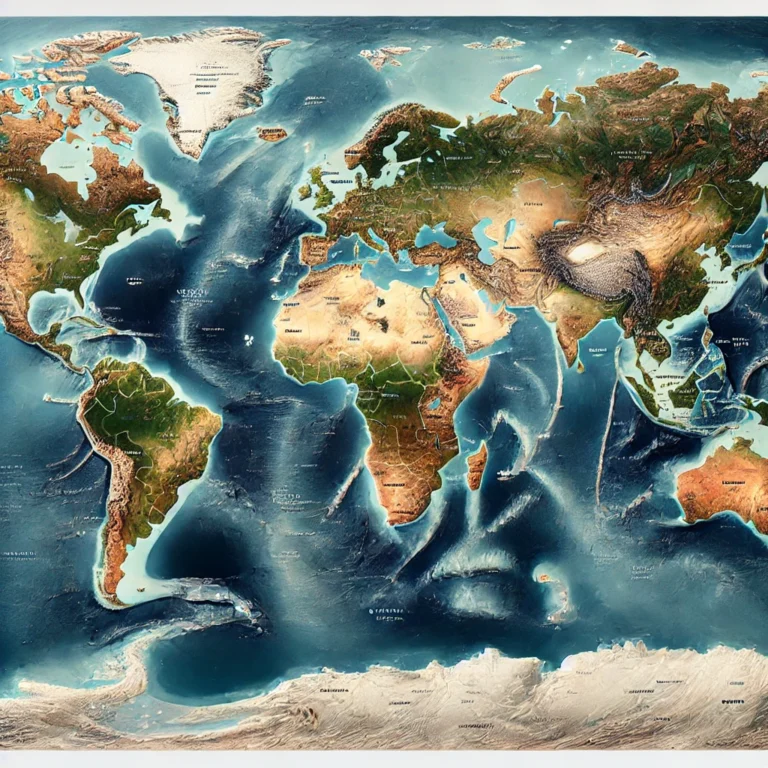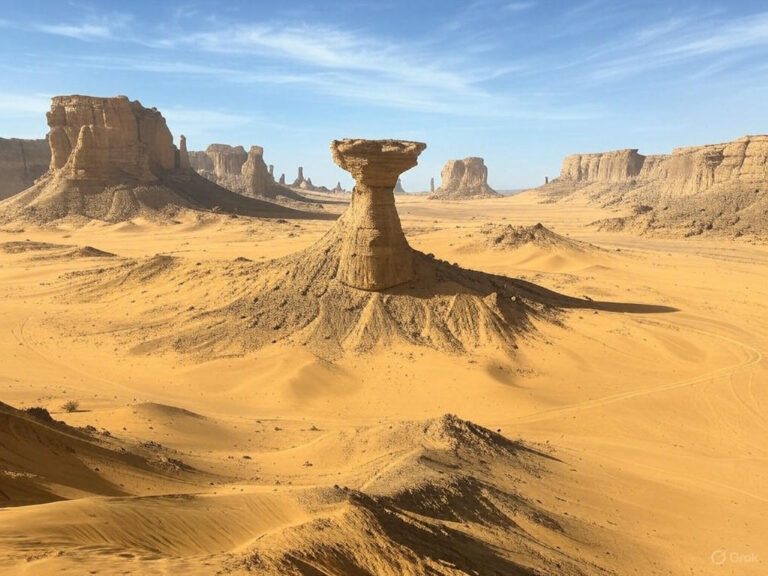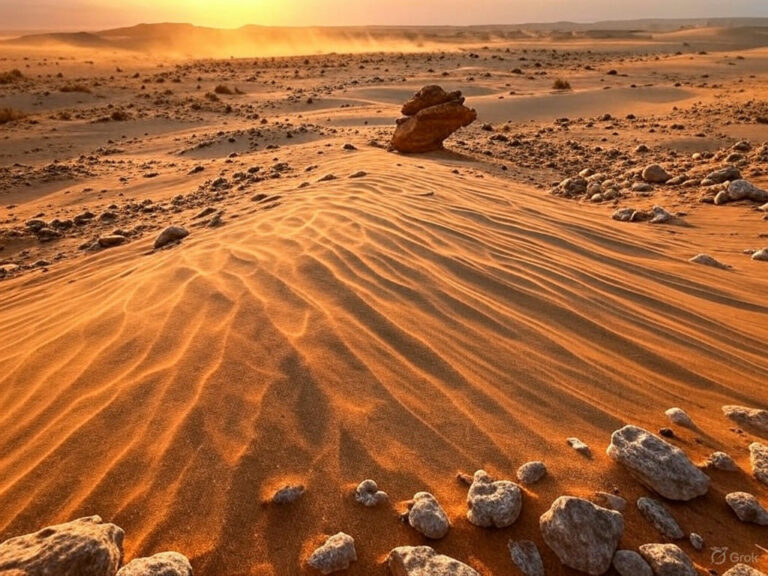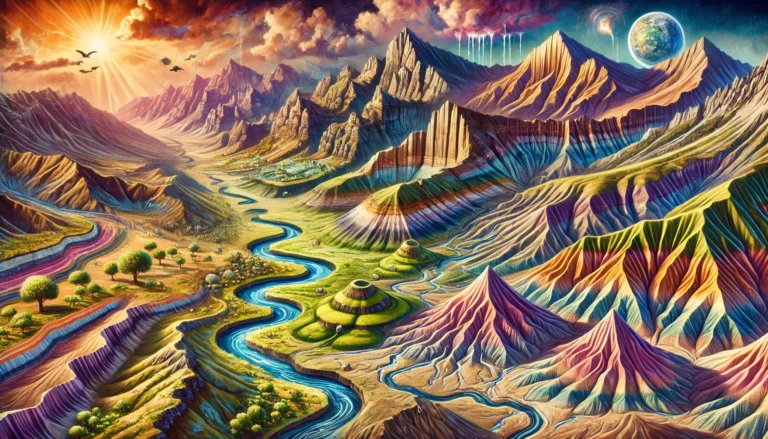Understanding African Great Lakes and Other Major Lakes
Lakes are not just water bodies. In geography, lakes are mirrors — they reflect the tectonic history, climatic conditions, and hydrological dynamics of a region. Africa, especially East and Central Africa, is home to a group of massive and unique lakes, collectively called the African Great Lakes.
These lakes are deeply interlinked with the East African Rift System, especially the Albertine Rift, and they play a key role in Africa’s drainage, biodiversity, and human geography.

📌 African Great Lakes – Definition & Coverage
These are seven large lakes in East, Central, and Southern Africa, mainly aligned along tectonic rift valleys.
Lakes (in order of size)
- Lake Victoria
- Lake Tanganyika
- Lake Malawi
- Lake Turkana
- Lake Albert
- Lake Kivu
- Lake Edward
These lakes straddle multiple national borders, linking hydrological systems across 10 countries:
🇧🇮 Burundi, 🇨🇩 DRC, 🇰🇪 Kenya, 🇲🇼 Malawi, 🇷🇼 Rwanda, 🇹🇿 Tanzania, 🇲🇿 Mozambique, 🇿🇲 Zambia, 🇺🇬 Uganda, 🇸🇸 South Sudan
🗺️ Drainage Pattern of the Great Lakes
Understanding where these lakes drain is key to linking them to Africa’s river systems:
| Lake | Drains into |
|---|---|
| Lake Victoria | White Nile River |
| Lake Albert | White Nile River |
| Lake Edward | White Nile River |
| Lake Tanganyika | Congo River |
| Lake Kivu | Congo River |
| Lake Malawi | Zambezi River (via Shire River) |
| Lake Turkana | Endorheic (no outflow) |
🎯 Note: “Endorheic” lakes retain water and lose it only through evaporation or seepage — they do not drain into oceans.
🏞️ Lakes in the Albertine Rift (Part of the Western Rift)
Now let us dive into individual lakes, focusing on their unique geographical features:
🌊 Lake Victoria
- Second-largest freshwater lake by surface area in the world (after Lake Superior).
- Largest tropical lake in the world.
- Borders: Tanzania, Uganda, Kenya.
- Drainage: Outflows into the White Nile River at Jinja (Uganda).
🔍 Although massive in area, it is shallow compared to other rift lakes.
🌊 Lake Tanganyika
- Second-largest freshwater lake by volume (after Russia’s Lake Baikal).
- Longest freshwater lake in the world.
- Second-deepest lake globally.
- Borders: Tanzania, DRC, Burundi, Zambia.
- Drainage: Flows into the Congo River system.
🔬 Deep rift origin + limited surface area = enormous volume and depth.
🌊 Lake Malawi (Lake Nyasa)
- Southernmost of the East African Rift lakes.
- Borders: Malawi, Mozambique, Tanzania.
- Second-deepest lake in Africa, after Lake Tanganyika.
- Drainage: Via the Shire River, a tributary of the Zambezi River.
🌊 Lake Albert
- Northernmost lake of the Albertine Rift.
- Borders: Uganda and DRC.
- Drains into: White Nile River.
🌊 Lake Edward
- Smallest among the Great Lakes.
- Borders: Uganda and DRC.
- Drains into: White Nile, via the Semliki River → Lake Albert → Nile.
🌊 Lake Kivu
- Borders: Rwanda and DRC.
- Geologically unique — contains high concentrations of methane and CO₂ beneath its surface.
- Drainage: Into Lake Tanganyika → Congo River.
⚠️ Methane presence poses both ecological risks and economic opportunities (for energy extraction).
🏜️ Other Major Lakes in Africa
🌊 Lake Turkana (Kenyan Rift)
- Located in northern Kenya, partially extends into Ethiopia.
- Largest permanent desert lake in the world.
- Alkaline in nature.
- Endorheic lake — has no outflow.
🧠 Important for archaeology: Koobi Fora and other hominid fossil sites lie nearby.
🌊 Lake Chad
- Located near the intersection of Chad, Cameroon, Nigeria, and Niger.
- Shallow, endorheic, and seasonally variable.
- Crucial for millions of people in the Sahel region.
- Among the most endangered lakes in the world, due to:
- Climate change
- Irrigation withdrawals
- Poor watershed management
🌍 Often compared with the Aral Sea (Central Asia) and Lake Tiberias (Israel) for their rapid shrinkage.
🧠 Quick Mnemonics
- “V-T-M-T-A-K-E” (Victoria, Tanganyika, Malawi, Turkana, Albert, Kivu, Edward) — order of size.
- “VAE → Nile”, “TM → Congo/Zambezi”, “T (Turkana) → Endorheic” — Drainage map logic.






One Comment